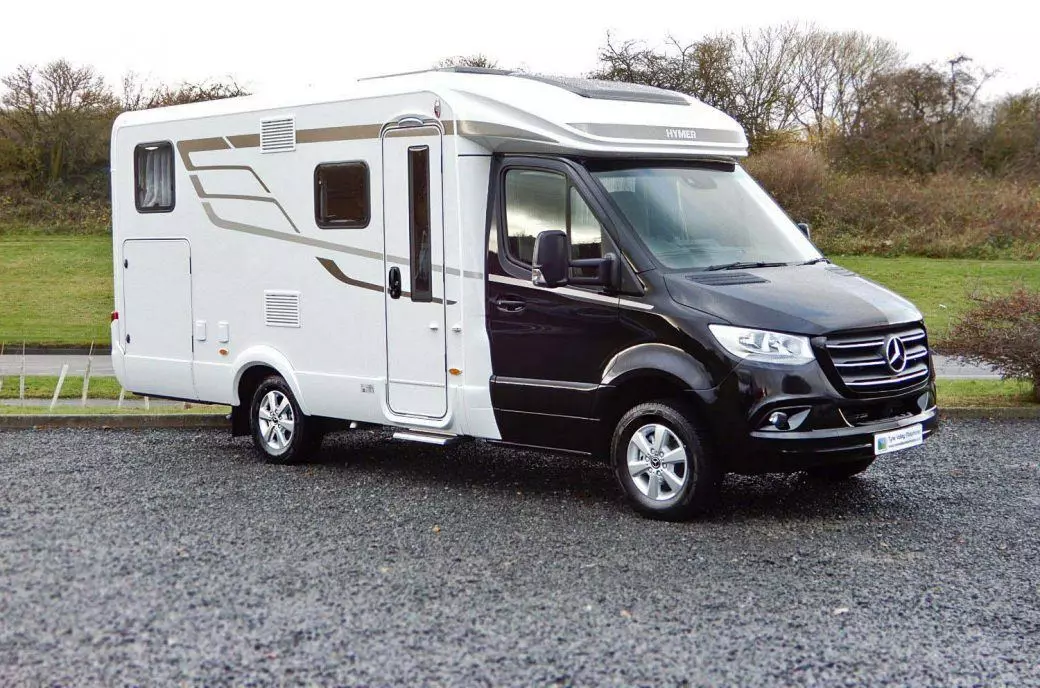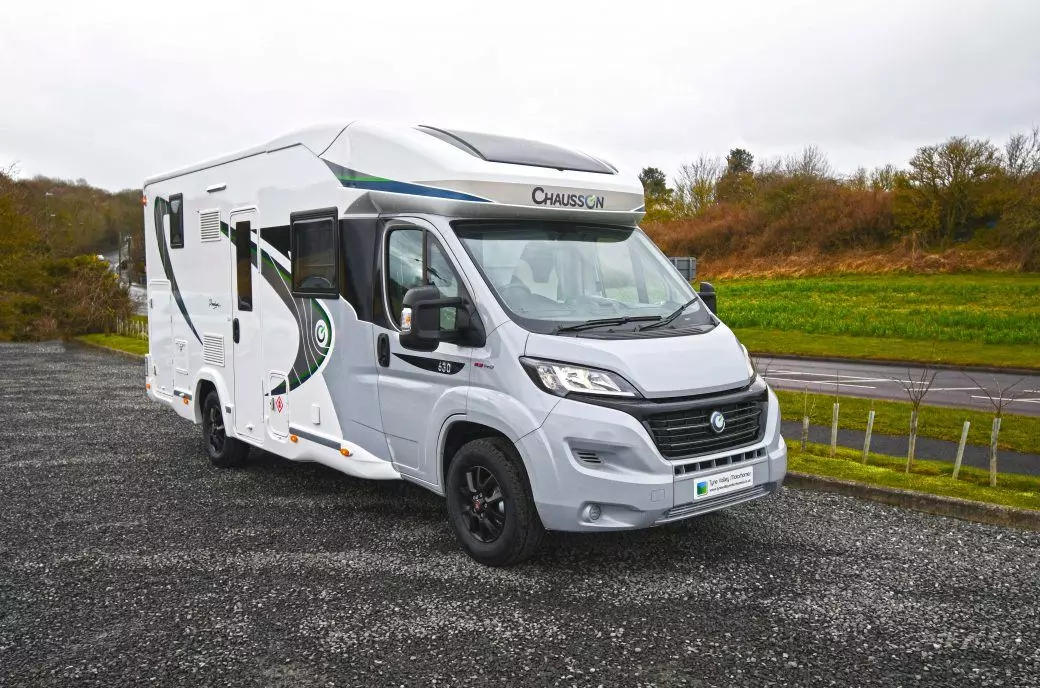When purchasing a motorhome, you may ask yourself: What is the life expectancy of a motorhome? We look at the common problems that reduce life expectancy and how to maintain it.
When you invest in a purchase as expensive as a motorhome, you want to know precisely how long the unit is going to last and how many miles. The average motorhome could last between 10 and 30 years, or 200,000 miles, depending on maintenance and any possible incurring damages.
Continually working to ensure your motorhome is maintained and kept in adequate condition is an essential matter as it helps considerably extend life expectancy. Here we will discuss maintenance and repair answers and advice to help increase your motorhome's lifespan longevity and any problems that may limit its lasting.
Common Motorhome Problems
Tire Blowout
A common problem in large vehicles such as motorhomes is a tire blowout. Tire blowouts are really quite dangerous. If the overall air pressure of the tire decreases rapidly, a blowout could occur.
This seems to happen often whilst travelling at high speeds and when a lot of weight is on the rubber tire. Dealing with a tire blowout whilst travelling down a road requires the driver to be calm, collected, and understand precisely how to safely and correctly manoeuvre the vehicle.
To keep you and your passengers safe, it is essential to keep in mind, when dealing with a rubber tire blowout, not to step on the brake pedal to prevent losing control of your motorhome.
Instead, accelerate slightly to gain control of the motorhome and its direction on the road. Problems like this can be avoided by having your vehicle properly maintained.
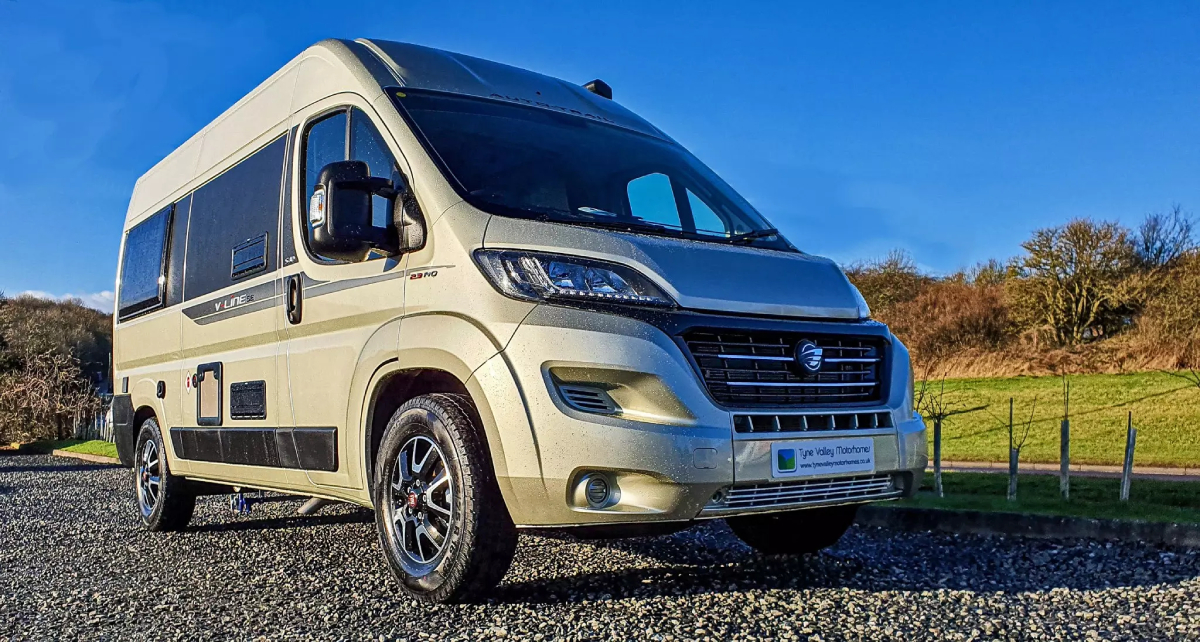
Sewage Clogs/Malfunctions
Several different types of sewage systems are available for motorhomes. Motorhome sewage systems operate slightly differently than residential sewage systems. The Gravity Flush is the most common type of toilet found in a motorhome. By the force of gravity, waste is transported to the sewage system through a hole in the toilet bowl.
The second type of toilet that seems widely available in motorhomes is called the Macerating Toilet. Using several motorised blades, this toilet breaks down the waste before depositing it into a holding tank. Macerator toilets make disposing of your sewage relatively effortless and considerably reduces potential problems such as "mounding" that can usually occur in gravity toilets. However, if the blades fault or break on a macerating toilet, this could be a very unpleasant experience for all.
The third type of sewage system that is available in motorhomes is called the Cassette Toilet. These toilets are more likely to be found in either Class B motorhomes or smaller Class C motorhomes. A cassette toilet is installed permanently in the motorhome and situated above a removable holding tank. This can be removed by hand and properly disposed of separately from the motorhome.
Clogs are a common problem in motorhome sewage systems because motorhome systems are more sensitive than residential systems. To minimise toilet clogs, it is best to ensure nothing other than RV toilet tissue is flushed down the toilet, and your system remains properly maintained.
Roof Leaks
Another common issue for motorhomes is roof leaks. Motorhomes seem to be constructed with less integrity than residential homes and, due to the vans mobility, are constantly exposed to the elements.
The roof sealant on a motorhome is likely to wear down considerably faster, leading to leaks. Water leaking into your motorhome could likely lead to severe water damage and mould or mildew growth.
Both of which can significantly depreciate the value of your motorhome and make it unsafe for travel and habitation. A quick repair for such issues as leaks involves covering with rubber roof patches or sealant tape.
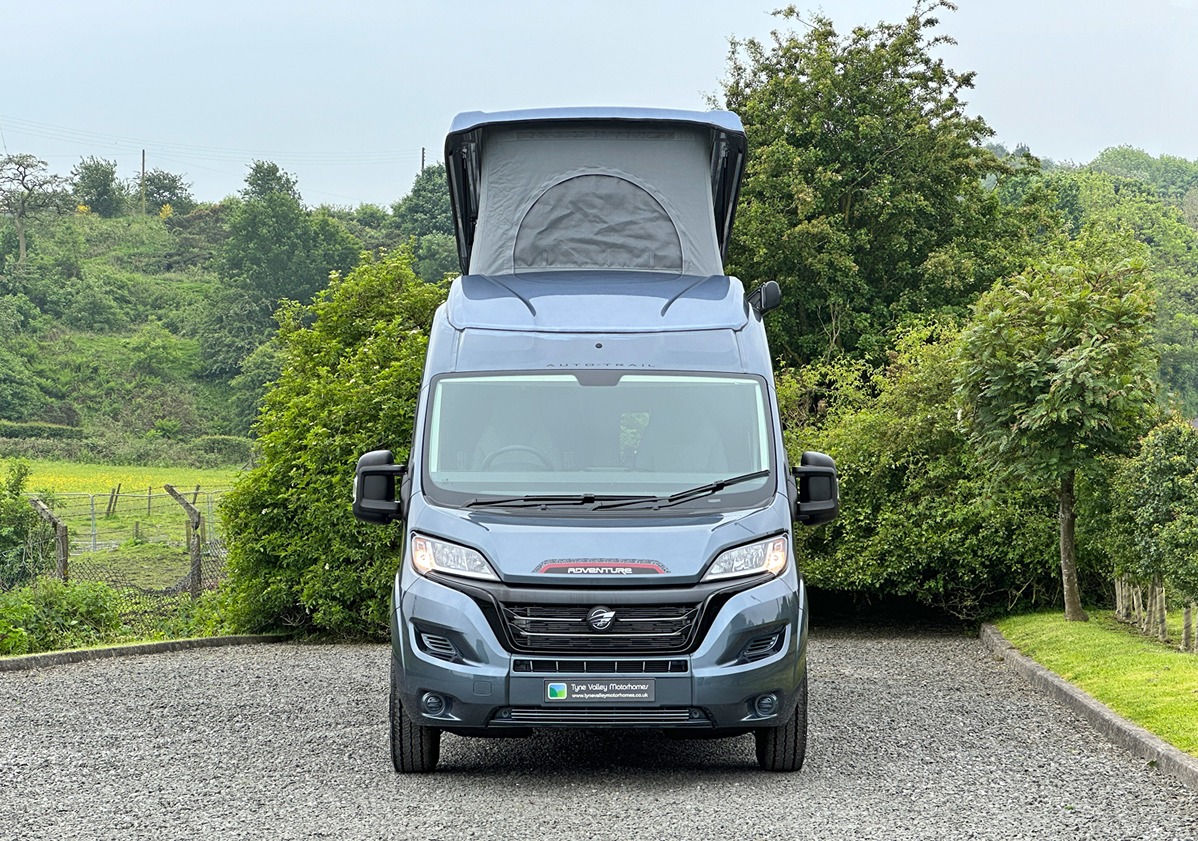
Electrical Problems
Due to the vans constant exposure to the elements, motorhomes experiencing frequent damages are expected. Motorhomes possess a considerable amount of electrical wiring to power things throughout the entirety of the unit. There is an array of things that could occur to cause damage to a motorhome's electrical system.
When motorhomes are stored in the winter, small animals will find their way inside to protect themselves from the cold winter weather and chew on the electrical wiring, causing severe harm to the system and disrupting it from working correctly.
Another issue that can affect a motorhome's electrical system is electrical surges. This could occur when a significant amount of electricity travels through your motorhome's electrical system, possibly resulting from a nearby storm or when an appliance using substantial amounts of power is turned off. Simple maintenance such as using a surge protector when connecting to a campsite hookup can help owners protect their motorhome.
Burst Water Lines
A broken pipe or water line should be repaired immediately as it could lead to extensive water damage throughout your motorhome and can render your kitchen and bathroom/shower room unusable.
The most common reason motorhomes pipes or water lines burst is that owners can overlook simple steps in their vans essential maintenance inspection routine. Typically, motorhomes are used only during the summer months and are stored during the wintertime.
If water is left in the pipes, water lines or tanks during those winter months, it will freeze and expand, causing extensive damage throughout your motorhome. Making sure you are prepared by appropriately maintaining your motorhome will considerably minimise the risk of potential problems.

Life Expectancy of Class A, B & C Motorhomes
The lifespan of an average motorhome is around 20 years old or 200,000 miles, whichever comes first. However, these numbers can vary significantly depending on the class of your motorhome, how well you maintain and take care of it and how many miles you rack up.
It's essential to properly differentiate between the different available motorhome classes before making a purchase, as this will also determine the type of insurance and license you will need.
Class A Motorhomes:
As the largest and most expensive of the three classes, class A motorhomes are luxurious quality tour-bus style motorhomes, exceptional for full-time living and cross-country travel as they feature an abundance of living and storage space.
Perfect for a large family, class As can reach up to 45 feet in length and require no special license to operate one. The average longevity of a class A motorhome is a lifespan of around 200,000 miles if you take care of it thoroughly and perform regular maintenance inspections and repairs.
Class B Motorhomes:
Class B are campervan style motorhomes. They are slightly larger than a regular van, considerably lower in price, more straightforward to operate and have a sleek quality design.
Their longevity, on average, is a lifespan of 20 years or 200,000 miles, but they can perform for longer if maintained correctly. Class B vehicles would be incredibly convenient for a solo traveller or smaller family due to the vans compact living space and distinct lack of storage.
They are a much lighter option, easier to manoeuvre, and repairs and fuel costs are considerably lower than class A motorhomes, giving you more miles for your money.
Class C Motorhomes:
Class C are probably the most recognisable style of motorhomes and the most desirable. They aren't as expensive as a Class A yet offer far more quality space than a Class B.
A stand-out feature of this motorhome style is the separate driving compartment with the living and storage space located to the rear. This layout is an excellent option for travellers who require more space at a lower price point.
Class Cs can last about 200,000 miles if regular maintenance is performed and problems are fixed quickly. While there will still be high repair and fuel costs, the overall cost of a Class C motorhome will be far less than a class A.

How Will Lifestyle Options Impact Motorhome Life Expectancy?
When deciding on which motorhome class will best suit your requirements, you will need to consider your lifestyle and motorhomes intended use, such as the number of passengers and how many miles you're planning to travel. Doing so matters as it helps directly determine how long your motorhome will last on the road.
How Much Will You Travel?
One thing you should definitely consider when deciding on what kind of motorhome to invest in is the specific type of travel that you're planning to do. Light and occasional travel means you won't be raking up quite as many miles making your motorhome easily sustainable for a more extended period on the road.
Seasoned travellers who plan to spend the majority of the year on the road and travel extensive miles with their family can expect their motorhome to not function successfully for quite as long.
How Many Occupants?
The number of passengers you intend on having travel with you should impact your motorhome size decision. Extra passengers require more quality space and add to maintenance, repairs and fuel costs as the more weight you carry, the greater wear happens to the suspension of your motorhome.
Larger families will be much better suited to a Class A motorhome, while smaller families can comfortably reside in a Class C motorhome. A Class B motorhome would best suit people travelling alone or in pairs.
How Long Distances Will You Travel?
How many miles your motorhome travels on average is significant. It is incredibly important to note that if you intend on frequent cross country travel or even an abundance of shorter trips, motorhomes will only last up to around 200,000 miles in total.
Most travellers simply intend to park their motorhome at their favourite beach or campsite for the season and live a simple, relaxed life. Doing so will significantly impact the longevity of your motorhome, as, without frequent travel, a motorhome can last on average 20 years or above.
Where will you travel?
If you intend to spend a significant amount of time with your motorhome enjoying the hot weather at the beach, then your motorhome could be impacted by saltwater. The salt residing in the air will greatly affect the vehicle, causing it to rust faster.
Salt in the air is arguably, on average, the number one factor in shortening the lifespan of your vehicle. Suppose you want the bodywork and exterior metal of your motorhome to endure longer. In that case, you might want to avoid parking your mobile house directly on the beach or ensure you have frequent maintenance inspections if you plan to do so to protect it from damage.
Importance of Motorhome Maintenance
The most significant factor regarding your motorhome's shelf life is how well you maintain your vehicle. Motorhomes necessitate being treated with an extraordinary amount of care in order to function correctly and reliably.
Some regular maintenance orders that you should expect to perform frequently with your motorhome include oil changes, fuel injections, tire rotations, brake pad replacements, engine cleaning, tune-ups, suspension checks, re-alignments, fluid replacement, etc.
While these maintenance measures are nothing revolutionary for vehicle owners, updated services will be more frequent and costlier for RVs and motorhomes. Regularly scheduled maintenance and repairs can help to ensure that your motorhome last to its full potential.
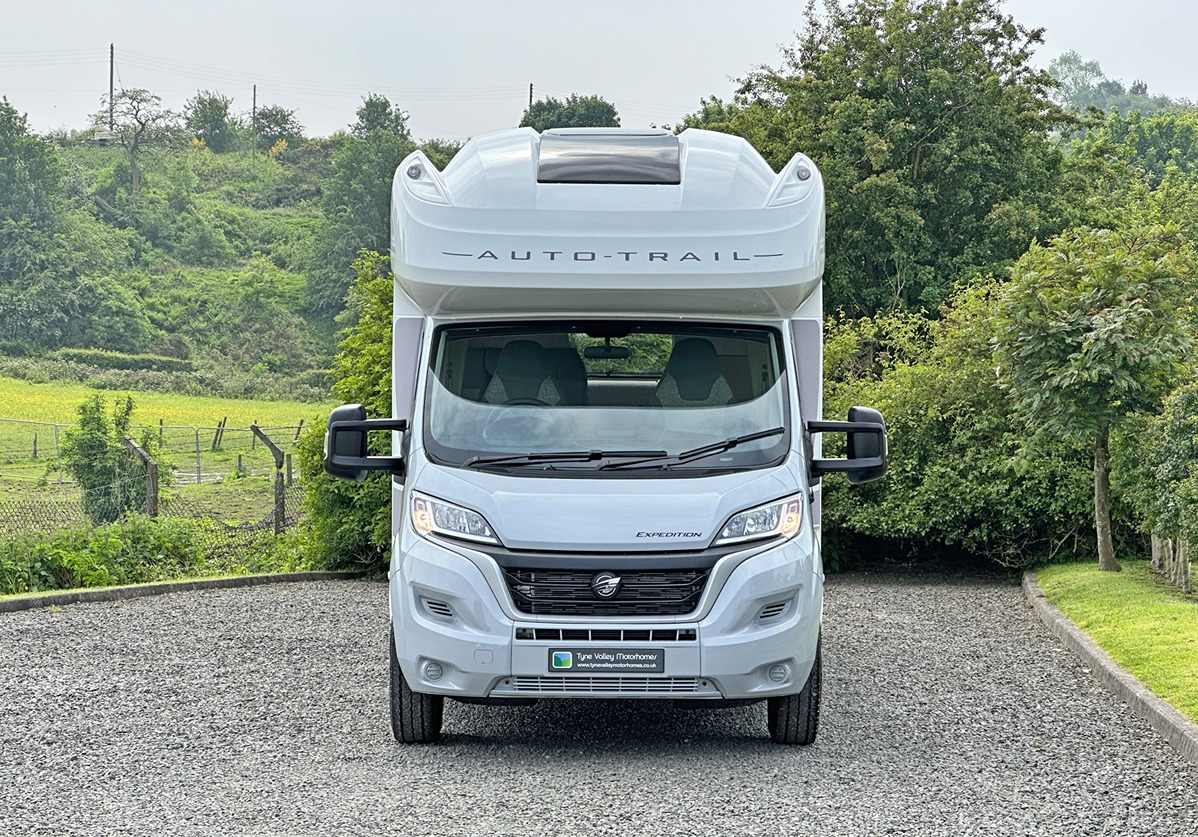
Are you thinking of buying a Motorhome in the Newcastle area? We offer used and new motorhome stock from the leading brands.

